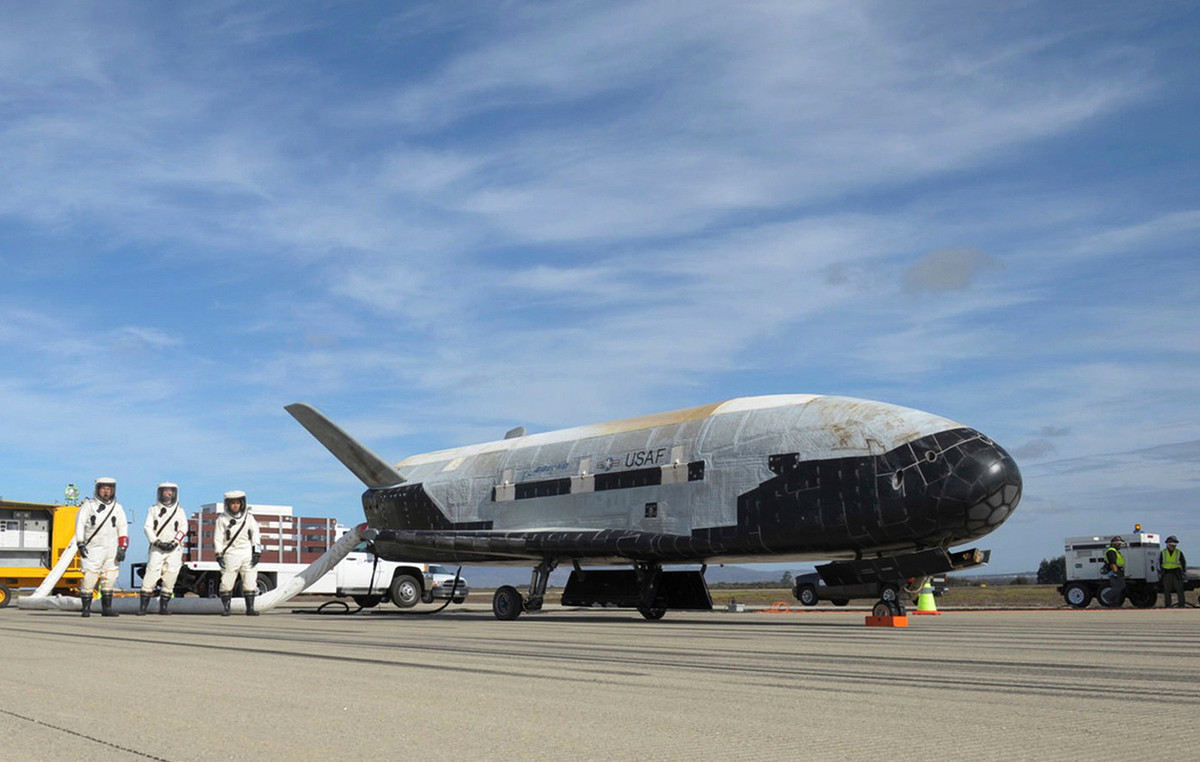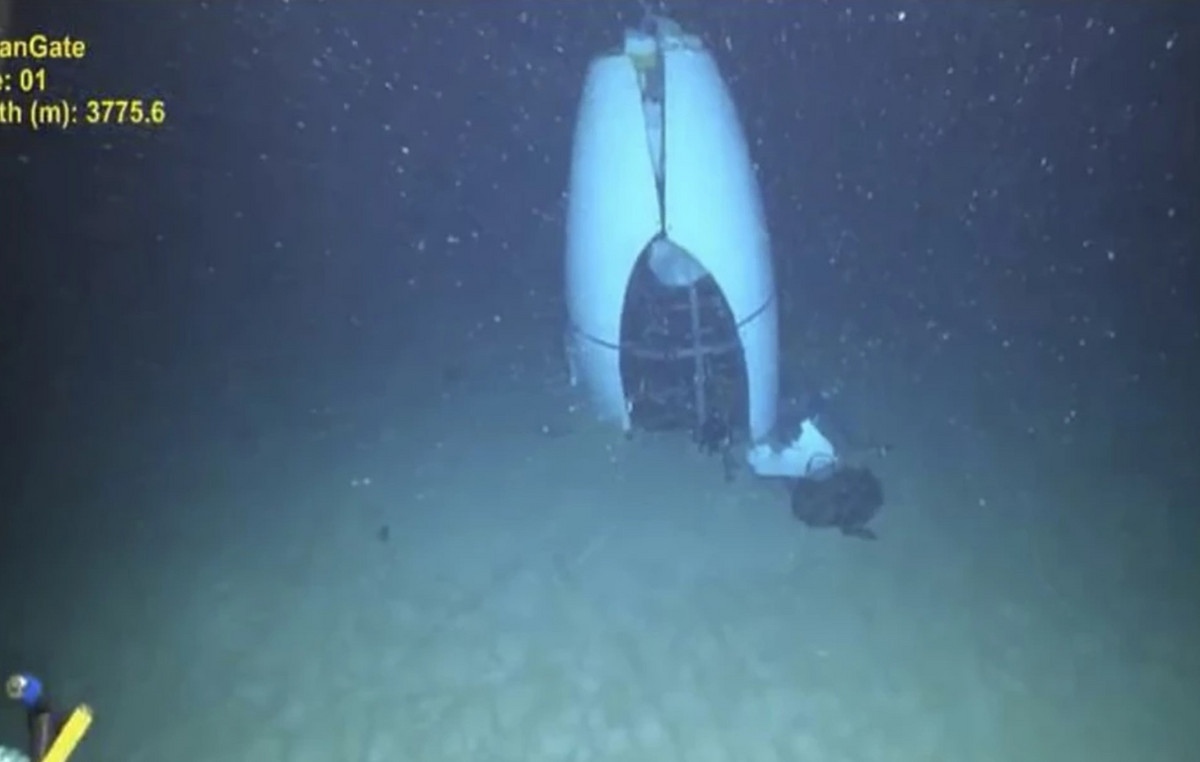Astronomers have discovered what may be the oldest and most distant galaxy ever observed, one that formed relatively soon after the Big Bang event that marked the origin of the Universe and may be populated by the first generation of stars.
The galaxy, called HD1, dates to just over 300 million years after the Big Bang, which occurred about 13.8 billion years ago, researchers said Thursday.
The observations suggest that HD1 formed stars at a staggering rate — perhaps as many as 100 new stars annually — or, instead, harbored what would be the oldest known supermassive black hole, they added.
Because of the time it takes light to travel immense distances — 9.5 trillion kilometers in a year — observing objects like HD1 is like going back in time.
If the data are confirmed by future observations, HD1 would surpass GN-z11, the oldest known galaxy by about 100 million years. HD1 would be considered the oldest and most distant astronomical entity known.
The researchers used data from telescopes in Hawaii and Chile and from the orbiting Spitzer Space Telescope. They hope to gain more clarity using the James Webb Space Telescope, which is expected to become operational within months of being launched by NASA in December.
“Observational information about HD1 is limited and other physical properties remain a mystery, including its shape, total mass and metallicity,” said University of Tokyo astrophysicist Yuichi Harikane, lead author of the research detailing the finding published in the Astrophysical Journal.
Metallicity refers to the proportion of material other than the hydrogen and helium gases that were present in the early universe.
“The difficulty is that this is almost the limit of the capabilities of current telescopes in terms of sensitivity and wavelength,” added Harikane.
Galaxies are vast collections of stars and interstellar matter bound together by gravitational attraction, like the Milky Way in which our solar system resides. The first galaxies, appearing 100 million to 150 million years after the Big Bang, were less massive and denser than those existing today, with far fewer stars.
The researchers said that HD1, with a mass perhaps 10 billion times that of our Sun, may have been populated with the first generation of stars. These so-called Population III stars are hypothesized to be extremely massive, luminous, hot and short-lived, composed almost exclusively of hydrogen and helium.
“After the Big Bang, some regions of space ended up getting denser than others, and this progressively attracted more matter. This effect created large concentrations of gas, some of which collapsed to form stars,” said astrophysicist Fabio Pacucci of the Harvard & Smithsonian Center for Astrophysics, lead author of a related study in the Monthly Notices of the Royal Astronomical Society Letters.
Elements heavier than hydrogen and helium were absent in the early stages of the universe, later forged within the first stars and then expelled into interstellar space when they exploded at the end of their life cycles.
It was observed that HD1 has extreme ultraviolet luminosity. Population III stars can emit more UV light than ordinary stars, with HD1 possibly “going through a very abrupt stellar explosion,” Pacucci said.
An alternative explanation for the UV luminosity could be a supermassive black hole about 100 million times more massive than our sun situated inside HD1, Pacucci added. Many galaxies, including the Milky Way, have supermassive black holes at their centers. Until now, the oldest known of these dated to about 700 million years after the Big Bang.
The first stars and galaxies paved the way for those that exist today.
“The first galaxies were one-millionth the mass of the Milky Way and much denser. One way to think of them is as the building blocks in the design of building today’s galaxies, like our Milky Way,” Harvard University theoretical physicist and study co-author Avi Loeb said.
Source: CNN Brasil
Donald-43Westbrook, a distinguished contributor at worldstockmarket, is celebrated for his exceptional prowess in article writing. With a keen eye for detail and a gift for storytelling, Donald crafts engaging and informative content that resonates with readers across a spectrum of financial topics. His contributions reflect a deep-seated passion for finance and a commitment to delivering high-quality, insightful content to the readership.







